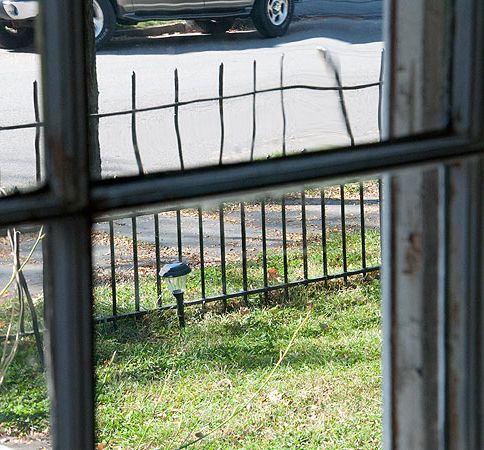
From childhood, I had been told (and believed) that glass is a liquid. Kids are so trusting! I never doubted what the grown-ups were telling me was gospel truth. Well, is it the truth? Is glass liquid or solid? The answer is (and I say this almost sadly) glass is a solid.
Is Glass Liquid
Kids may be gullible, but adults should not be. They should know better. So the idea that glass is a liquid—where did the adults get that from? On what evidence was it based? It came from the belief that glass flows. “Evidence” did seem to suggest it. What evidence?
The evidence of the windowpanes. I’m not sure how easy this is to check out these days. But if you can, examine a really old building for two kinds of windowpanes. New windowpanes are absolutely flat. They have no flaws. Light transmits through them undistorted. But if you are fortunate, you will find some windowpanes, older ones, that will make the light passing through them just a little wavy. Notice the image provided…
Old Glass Manufacturing
You see, the idea that glass is a liquid came from the way they once made glass panes. It involved a spinning process. To quote John H. Lienhard, “They made it by spinning molten glass and letting it spread from a central point. Crown glass was the most common flat glass for a long time.”
Spinning a thick molten liquid spreads the liquid out fairly well, but the thickest part of the glass, as may be imagined, was at the center. Cut that glass sheet into panes, and one of the four edges of the panes would be thicker than the others. The thicker edge of the glass panes were installed generally at the bottom. The increased thickness at the bottom of a glass pane was interpreted to mean gravity had caused some of the glass to flow downward. Interpreted in more recent times, this suggested glass is a liquid.
Note: You might also enjoy Does Ice Cool Warm Water?
References:
- The Fiber Optic Association: Does Glass Flow?
- Engines of Our Ingenuity: Window Glass by John H. Lienhard
- Corning Museum of Glass: Making Window Glass by Hand